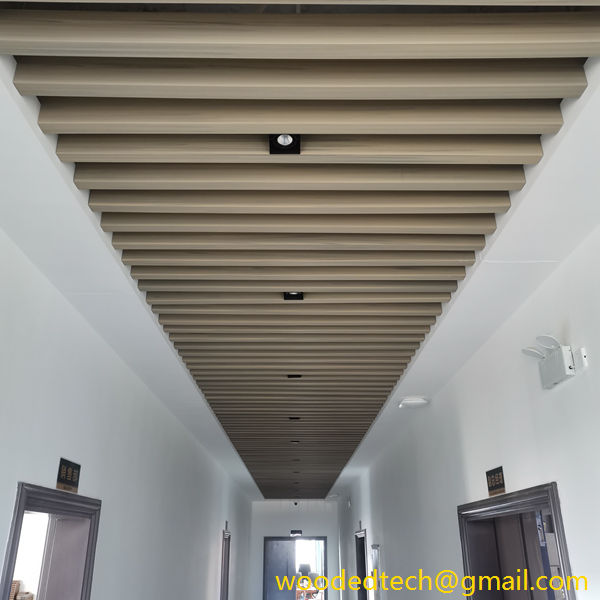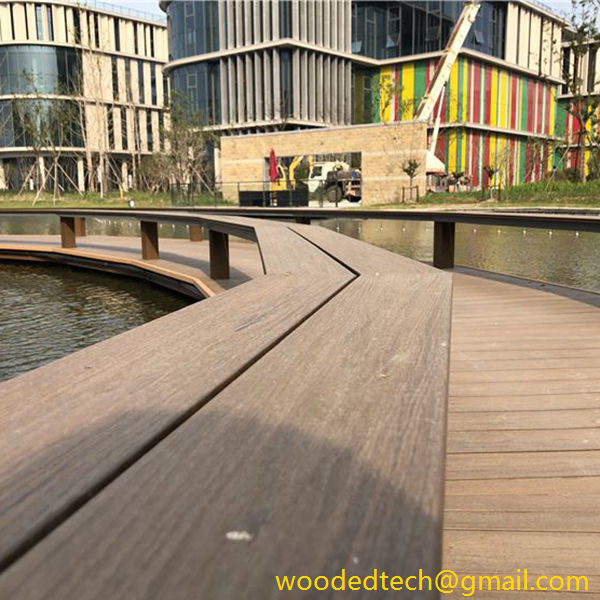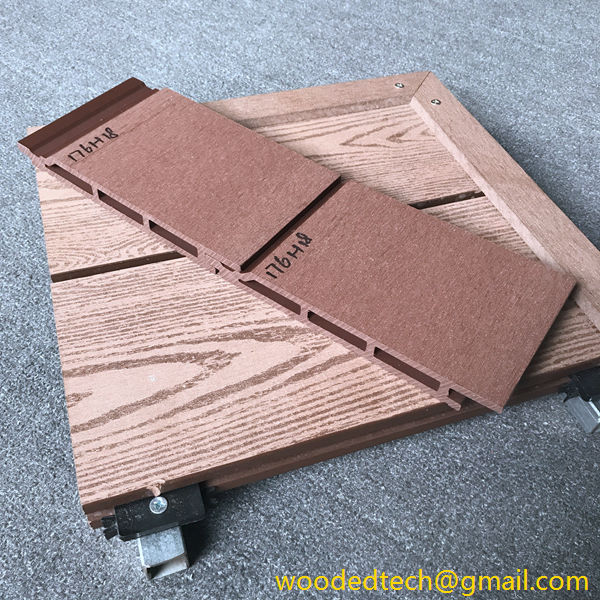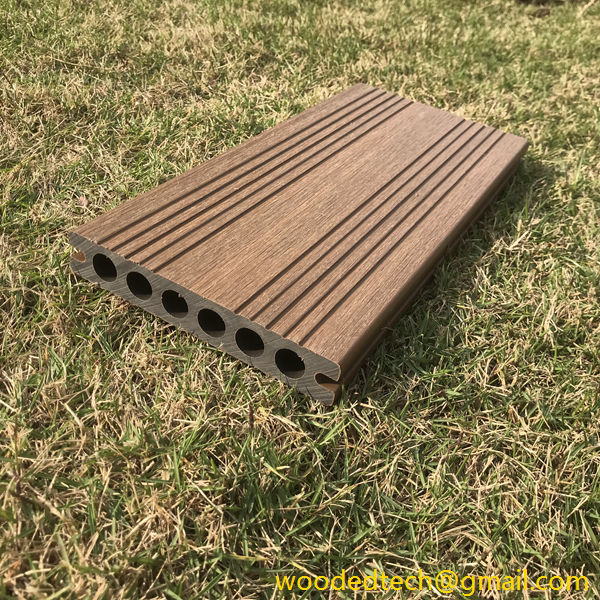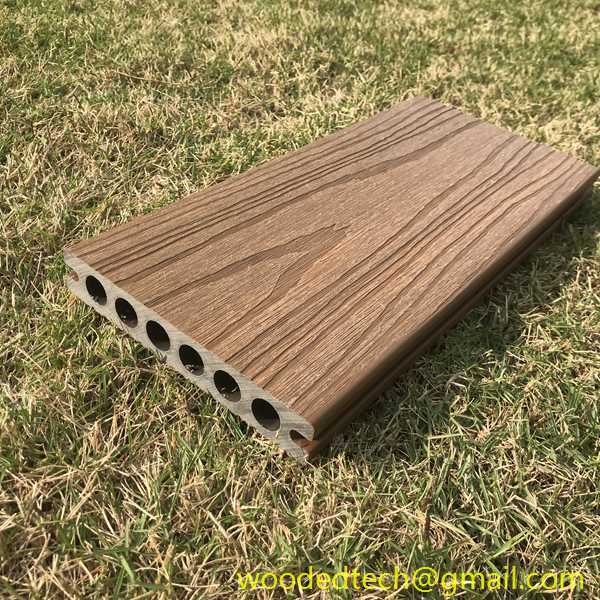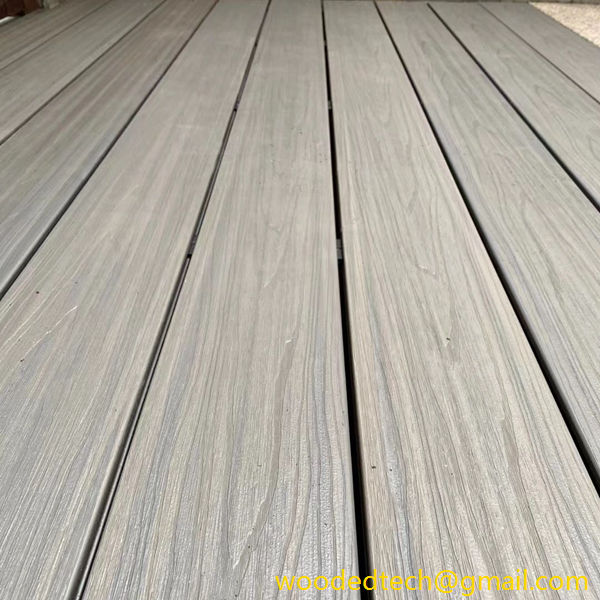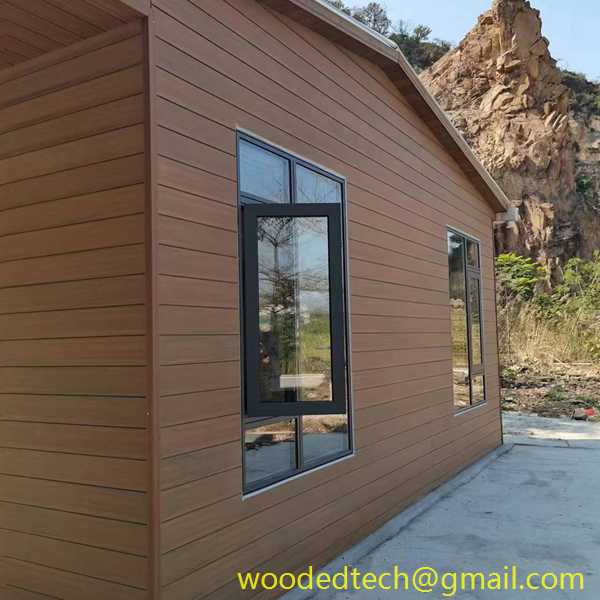WPC Panel House Design for Contemporary Living
Wood Plastic Composite (WPC) panels are becoming increasingly popular in contemporary architecture, particularly in residential design. The integration of WPC panels in house construction presents a plethora of benefits, especially in terms of material performance. This article delves into the various aspects of WPC panels that make them an ideal choice for modern living spaces.
One of the most significant advantages of WPC panels is their durability. Composed of a blend of wood fibers and recycled plastic, these panels exhibit exceptional resistance to moisture, rot, and insects. Traditional wood materials are often susceptible to decay and pest infestations, which can compromise the structural integrity of a home over time. In contrast, WPC panels maintain their aesthetic appeal and functionality even in adverse weather conditions. This durability translates into lower maintenance costs and extended lifespan, making WPC an economically viable option for homeowners.
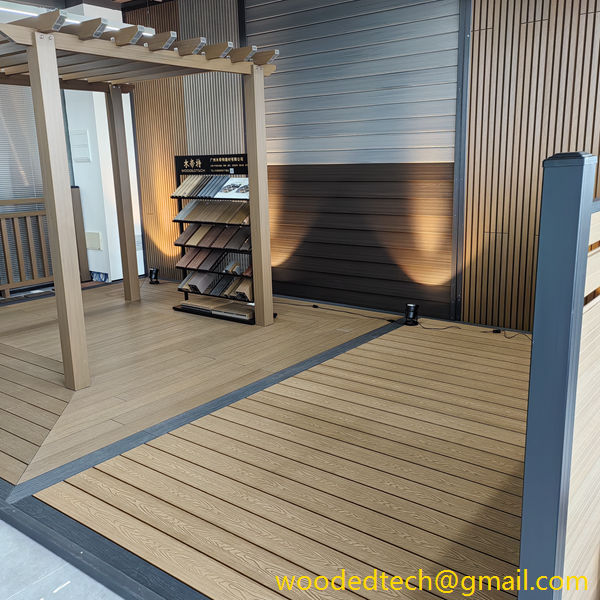
Another key performance aspect of WPC panels is their versatility in design. Available in a wide range of colors, textures, and finishes, WPC panels can be tailored to suit various architectural styles, from modern minimalist to rustic charm. This adaptability allows architects and designers to create innovative and aesthetically pleasing homes that reflect the tastes and preferences of their occupants. Furthermore, the ability to mimic the appearance of natural wood without the associated drawbacks adds to the appeal of WPC panels in contemporary design.
WPC panels also excel in terms of sustainability. With growing concerns about environmental impact, the use of recycled materials in WPC production aligns with eco-friendly building practices. Homeowners who prioritize sustainability can take comfort in knowing that their choice of materials contributes to reducing waste and conserving natural resources. Moreover, WPC panels do not require harmful chemicals for treatment, further minimizing their ecological footprint. This commitment to sustainability resonates with a growing segment of the population that values green living.
The ease of installation is another notable performance feature of WPC panels. Unlike traditional wood materials, which often require specialized tools and skills for installation, WPC panels can be cut, drilled, and fastened using standard equipment. This not only streamlines the construction process but also reduces labor costs for contractors and homeowners alike. Additionally, the lightweight nature of WPC panels means that they can be handled more easily, further enhancing the efficiency of the building process.
Fire resistance is an important consideration in any building material, and WPC panels have made significant strides in this area as well. Many manufacturers have developed WPC products that include flame-retardant additives, enhancing their safety profile. This feature is particularly crucial in contemporary living spaces, where open floor plans and large windows may expose homes to increased fire risks. Homeowners can feel more secure knowing that their choice of WPC panels contributes to a safer living environment.
Lastly, the acoustic performance of WPC panels should not be overlooked. Effective sound insulation is a critical aspect of modern living, especially in urban areas where noise pollution can be a significant concern. WPC panels can help mitigate sound transmission, creating a more serene and peaceful indoor atmosphere. This is particularly beneficial in multi-family dwellings or homes located near busy streets, where external noise can disrupt daily life.
In conclusion, the design of WPC panel houses for contemporary living embodies a harmonious blend of performance, sustainability, and aesthetic appeal. The durability, thermal insulation, and versatility of WPC panels make them an ideal choice for modern architecture. Their eco-friendly nature and ease of installation further enhance their desirability among homeowners and builders alike. As the demand for sustainable and innovative building materials continues to grow, WPC panels are poised to play a pivotal role in shaping the future of residential design. Embracing WPC technology not only meets the practical needs of contemporary living but also aligns with the values of a society increasingly focused on sustainability and environmental responsibility.

